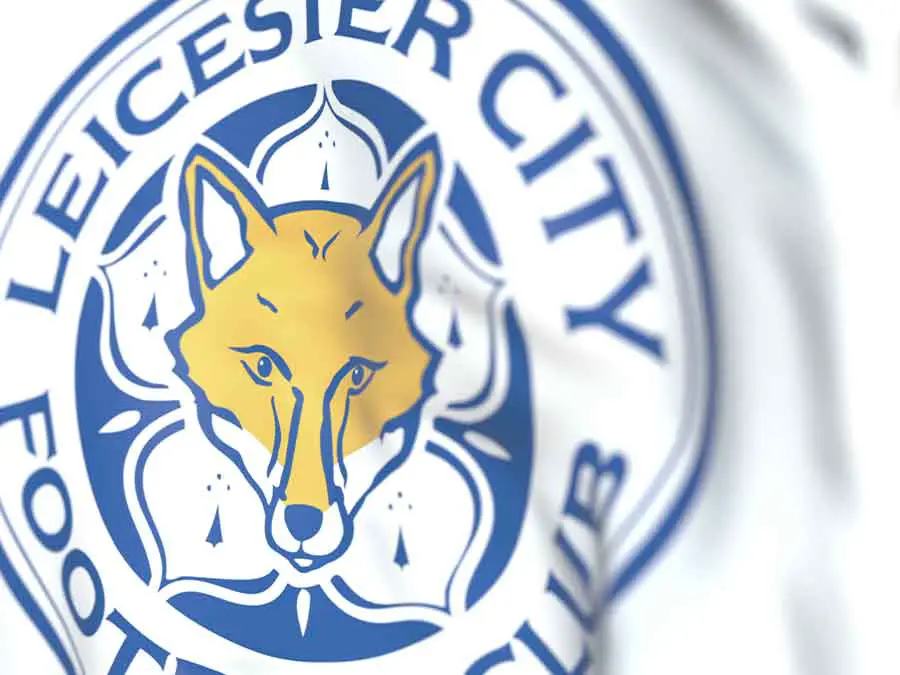Why Are Leicester City Called ‘The Foxes’?
An introduction
Even if you’re not an above-average football enjoyer, you’ve probably heard about the legendary story of an underdog winning the 2015/16 premier league title. The Foxes, who were a relegation battle club at the time, managed to impress the whole world by managing to win the title in a competition that statistically had at least 15 other teams who were more favorable to win the Premier League.
To give a short answer right away, Leicester City are called the Foxes because of the association of Leicestershire county with fox hunting. The whole club identity revolves around foxes – starting from their crest, the nickname, and all the way to the official mascot.
Club’s recent history
Even though the club was formed all the way back in 1884 as Leicester Fosse F.C, their recent success has brought the attention to a more public eye. An average football enjoyer or a person who probably knows nothing about the sport has probably heard about the Foxes for the first time in 2016 when the club that currently plays at the King Power Stadium managed to win the Premier League title.
Some of the most notable names of the era led by the legendary Italian manager Claudio Ranieri include Jamie Vardy, who at the time of writing this article still plays for the club, Riyad Mahrez, Marc Albrighton, Casper Schmeichel, and N’Golo Kanté to name a few.
The Foxes began their season as a side that was most likely to be relegated back to Championship. A successful season for them would even be finishing in the top half of the table since the squad lacked depth, to say the least. The chances of them winning the title were 5000:1. Even if you’re not familiar with betting, or mathematical statistics, this is definitely not a small number. For example, if you invested $10 into the Foxes winning the title that year, you would finish the season with $50,000.
The crest
The crest, the badge, or the logo, whichever you prefer, didn’t contain a fox until 1948. We briefly mentioned at the beginning that the club was founded in 1884 as Leicester Fosse F.C, and was renamed Leicester City FC in 1919. It was almost thirty years later that the management decided to redesign the crest that depicts a fox even to this day. Of course, there were many changes in the process, and the current crest doesn’t really resemble the one from almost eighty years ago, but the fundamentals are still there.

The reason the whole community decided to identify themselves with foxes was simple – Leicestershire county is famous for being the birthplace of fox hunting. It was actually one of the directors who was involved with hunting that decided that the crest should depict a fox head.
A bit more history behind the crest
We already mentioned that the first time a fox was depicted on the crest was in 1948. That same crest was slightly changed two years later while riding crops around the fox were also a part of the crest from 1950 to 1983.
During the eighties and early nineties, the fox was depicted from a side perspective. During the early nineties, the crest was changed to focus solely on one part of a fox – the head. It has stayed that way ever since.
While many clubs in the UK have their mottos written in Latin, like Aston Villa and Blackburn Rovers, to name a few, Leicester’s motto is in English and is quite simple and direct – ‘Foxes Never Quit’.
Another thing worth noting is that the club became heavily popularized as “The Foxes” during the seventies. The name of the club has been slightly changed in the past, and because the full name of the Foxes is Leicester City F.C, some fans refer to the club simply as “The City”.
The mascot
It would be quite unusual for a club whose identity strictly revolves around one animal to have a completely different one as a mascot. That’s not the case here, since the official Leicester City F.C. mascot is Filbert Fox. The mascot was named after Filbert Street, the original home of the club. The stadium was demolished in 2003, and the club currently plays at the aforementioned King Power Stadium.
Filbert Fox made its debut all the way back in September of 1992 and has been one of the club icons for over three decades now. It’s also important to note that Filber Fox is one of the first football mascots in English football ever.
Leicester City is, of course, not the only club associated with an animal. Many other clubs all across the UK are also represented by various animals. Some examples here include the Magpies (Newcastle United), and the Swans (Swansea City).
Conclusion
Almost every single club in the world has a nickname, regardless of the sport. Some of the nicknames are associated with animals, and some with certain symbols that represent the area or the community around the club. Leicester City is no exception to this rule since a fox has been an integral part of the club for almost a century now.
Keep an eye out for local clubs in your area and make notice of what their nicknames are. Different sports cultures tend to have different types of nicknames, but in most cases, everything revolves around animals.
